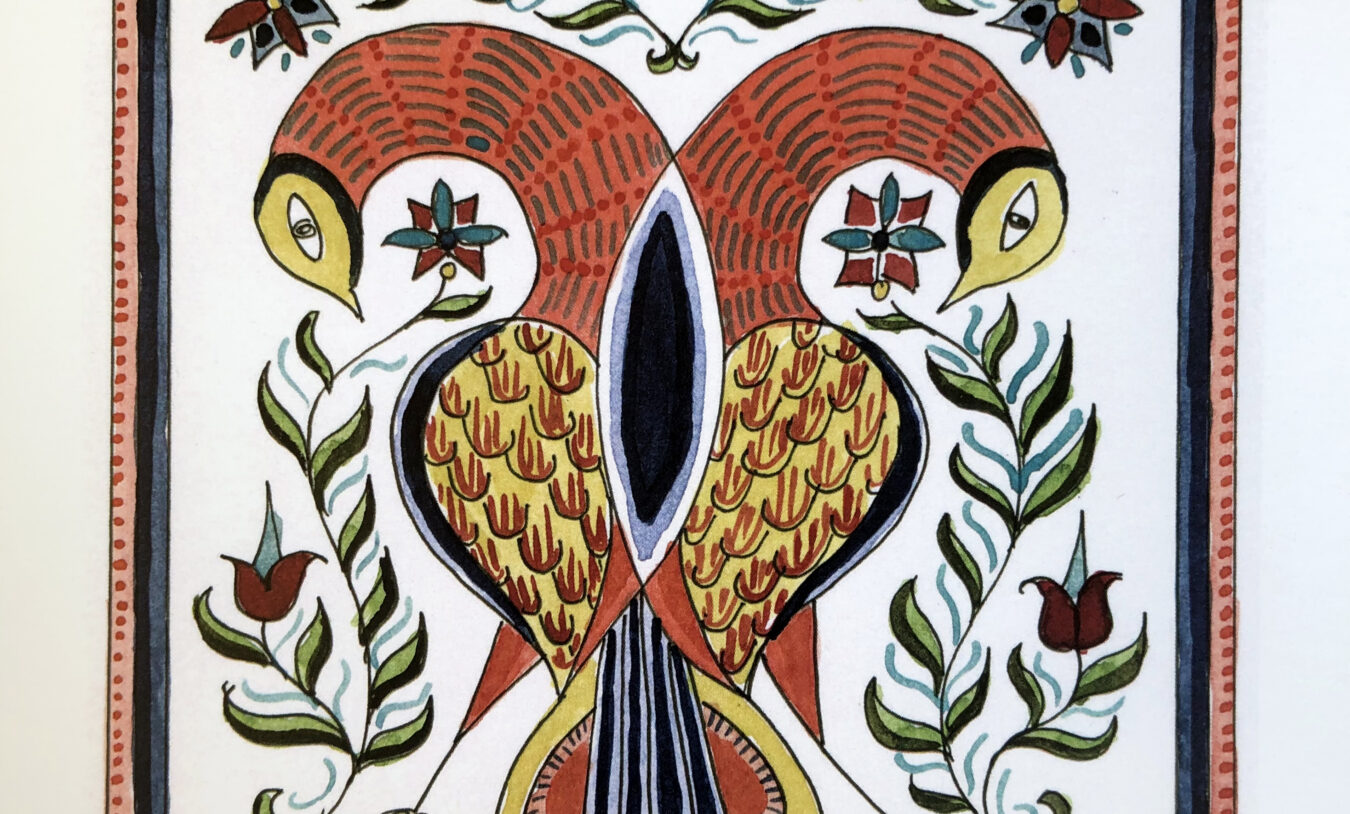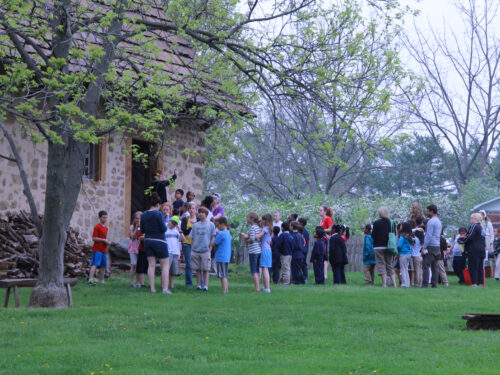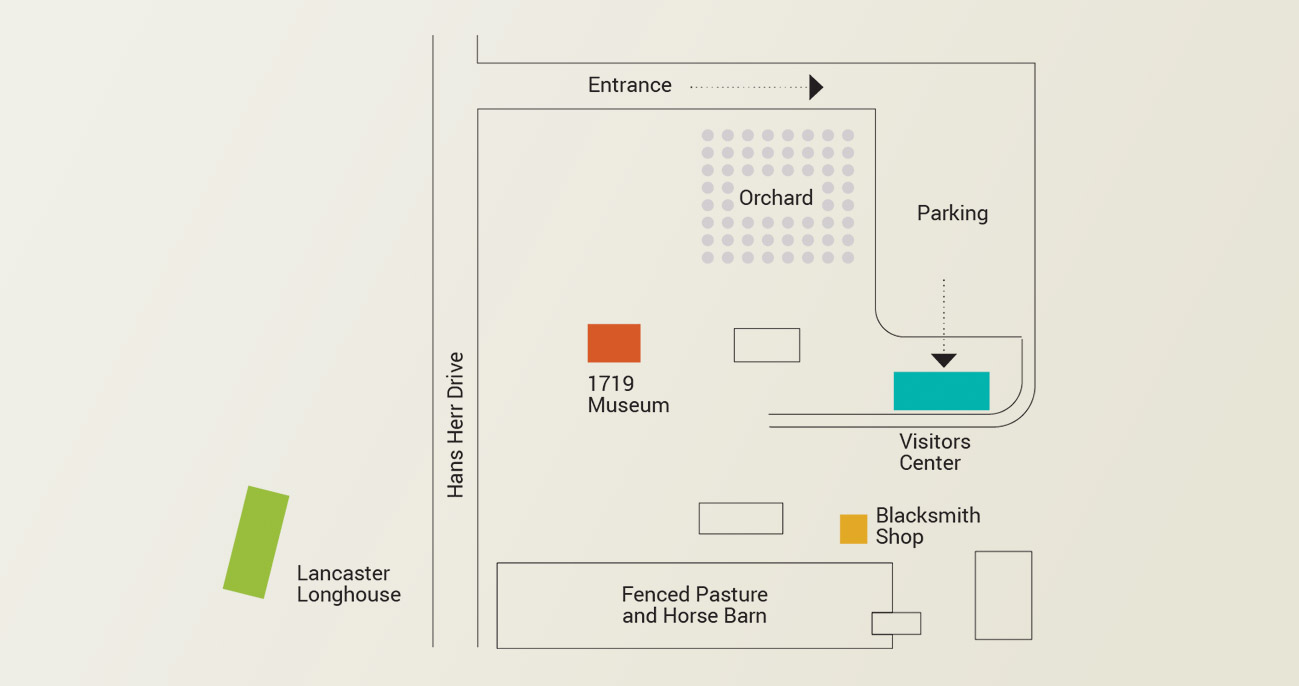Taught by Emily Smucker-Beidler.
Where did Fraktur artists find their inspiration for the fanciful birds we see in their art of the 1700s? In this workshop, participants will learn what birds were prevalent in southeastern Pennsylvania and find connections through Fraktur images. Learn where the polka-dot, checkerboard, and various striped patterns originated in Fraktur.
Participants discover “tricks” to draw their own fanciful birds in the Fraktur style, as well as adapting patterns from original, historic works using light boards. They will complete a small 5×7 Fraktur bird. All materials are included, with enough to take home with you and continue to create once the workshop is over.
About Fraktur:
Fraktur was created by Pennsylvania Germans during the eighteenth through the mid-nineteenth centuries and features calligraphic text decorated with colorful birds, hearts, and flowers. The tradition has its roots in the illuminated manuscripts of medieval Europe but evolved into a distinctive part of the local Pennsylvania German culture. Today, those who appreciate this colorful folk art enjoy drawing their own fraktur designs based on the work of the early fraktur artists.
About Emily:
Since sixth grade, Emily Smucker-Beidler has been creating Fraktur after learning from Roma Ruth, a well-respected Fraktur Artist from Montgomery County, PA. After receiving an Art Education degree and Master’s degree in Art Education, Emily has made teaching art her passion. She continues to create custom Fraktur for hundreds of clients. She brings her experience and enthusiasm to her Fraktur workshops and welcomes artists of all ages and ability levels.





